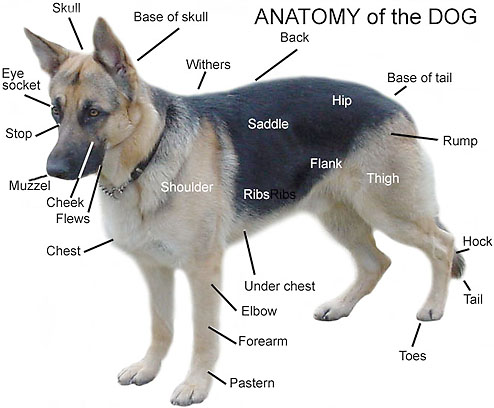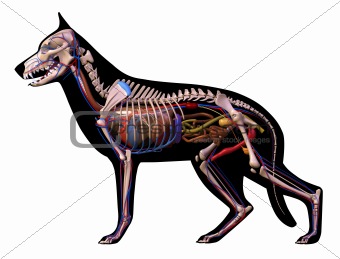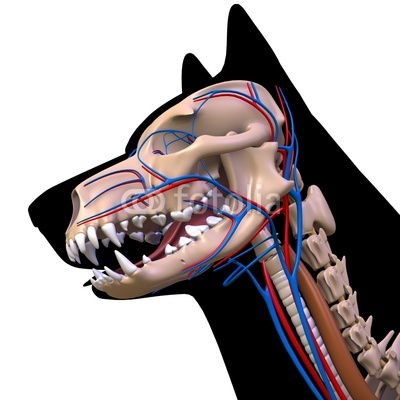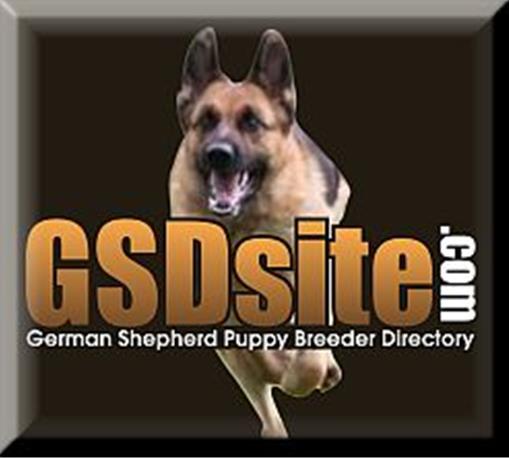
Taking
deposits. Dam is the grand daughter to VA Zamp Vom Thermodos SCHH3 and
the sire is the son to VA Dux Cautro De Flores SCH3 Will be vet checked ,
Have their first shot and be wormed ready First part of Dec. 4 males
left for $1600 to $1800. One pick of litter.

Our
goal is to breed selectively for sound temperaments and correct
physical structure. We breed world-class puppies and our dogs make ideal
family dogs. They are good with children and protectors for life. They
are bred from Sieger, Schutzhund, and VA backgrounds, including top
German import lines such as Noricum, Farbenspiel, Arminius, Batu,
Tronje, and Trophy.
We
offer our clients 100% West German show lines and provide you with
advice whenever needed. Schaffenhaus Shepherds make excellent
Schutzhund, tracking, and search-and-rescue prospects. as well making
great companions and pets. You're never alone with one of our dogs at
your side.





















